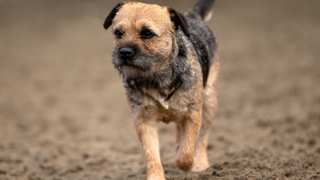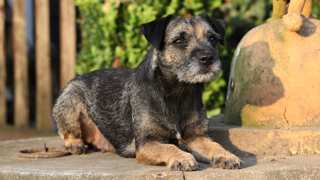Border Terrier Breed Details
Border Terriers were bred to be fox hunters: fast, wily and able to scrap in tight places. They were also bred to be companion dogs when not working. As long as they have daily and strenuous exercise, there should be few Border Terrier problems at home. They work well enough for first-time dog owners, and they can take a lot of accidental abuse from very small children who are exploring the boundaries of their new world. They are not good for people who are away from home, however, as they require a lot of people company.
Here are some Border Terrier facts that you should know:
PROS
- Hypoallergenic
- Great watchdogs
- Few health problems
- Low grooming needs
- High tolerance to pain
- Excellent vermin hunters
- Perfect rural companion dog
- Less excitable than other Terrier breeds
- Gets along well with dogs and very young children
CONS
- Will dig a lot
- Tendency to roam
- Somewhat stubborn
- Superior escape artist
- Can hide in unlikely places
- Sees everything as something to chew
- Will chase cats and other small animals
- May be expensive regarding yard fencing





